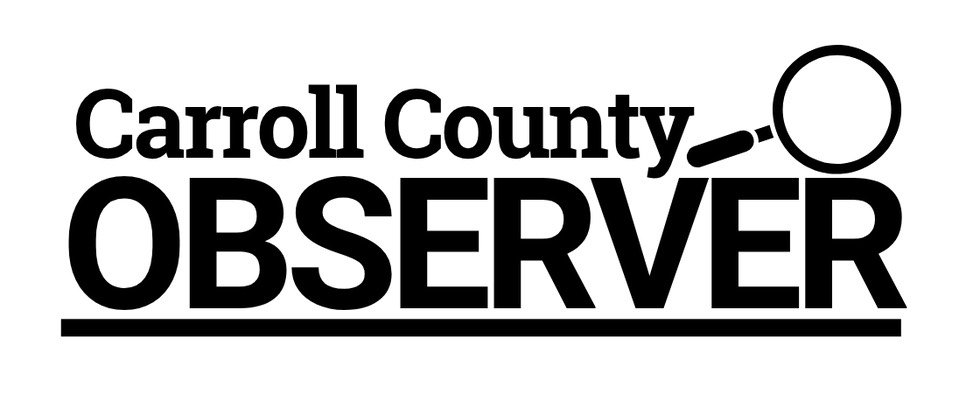In chess, there are things called gambits. Usually played by the one with the white pieces, a gambit is when a player offers a pawn, or sometimes more, early in the game.
The point is not to give up ground, but to gain advantage.
If the opponent takes the bait, the player who sacrificed can rapidly develop their pieces and control the board.
The most famous opening of this kind is the Queen’s Gambit. It has a reputation for creating unpredictable and dynamic games.
In recent months, some have used the idea of “4-D chess” to describe the President’s leadership style, insinuating that there’s more going on than meets the eye.
Moves that seem contradictory, they argue, are actually part of a larger design.
You could see this logic at play during his tariff strategy. For example, he moved from sweeping declarations to exemptions, then back again.
The phrase “reciprocal tariffs” became part of the vocabulary, even as the actual policy shifted depending on the moment. Markets also reacted accordingly; up one day, down the next.
We’re seeing similar patterns now.
Immigration enforcement has tightened under new proposals, only to shift in response to pressure from key industries like agriculture, construction, and hospitality.
Exceptions and carve-outs have been floated and retracted.
There’s a rhythm to it: a hard line, a softening, a restatement, and then a new push forward.
In chess, when a player moves a piece back and forth without clear purpose, it can signal uncertainty.
But it can also be a trap. It could be a calculated series of mis-directions to lure an opponent into overcommitting.
The difference lies in whether the player knows exactly what they’re doing.
That brings us to the King’s Gambit.
As one of the oldest openings in chess history, the King’s Gambit is ambitious, and even dangerous.
By offering the pawn on f4, the white player opens up space for rapid attack, but also exposes their king early. The bold move can either pay off handsomely or backfire spectacularly.
Against a prepared opponent, the gambit often ends in quick defeat.
Not long ago, the President referred to himself as a “king”. Whether or not he was joking, the reference stirred strong reactions.
This past Saturday, June 14, millions across the country took part in what many are calling the largest protest in U.S. history.
It was called No Kings Day, and intended to send the symbolic message that no one, not even a president, should be elevated above the system itself.
The chessboard analogy comes full circle here. The King’s Gambit only works when the rest of the pieces are precisely aligned.
If the player hesitates, or if the position isn’t sound, the game can collapse quickly. A flashy opening is not a guarantee of victory.
It takes discipline, timing, and a keen sense of the board.
So the question remains: is this the opening of a grand strategy or the first move in a very short game?
Bye until next week.

